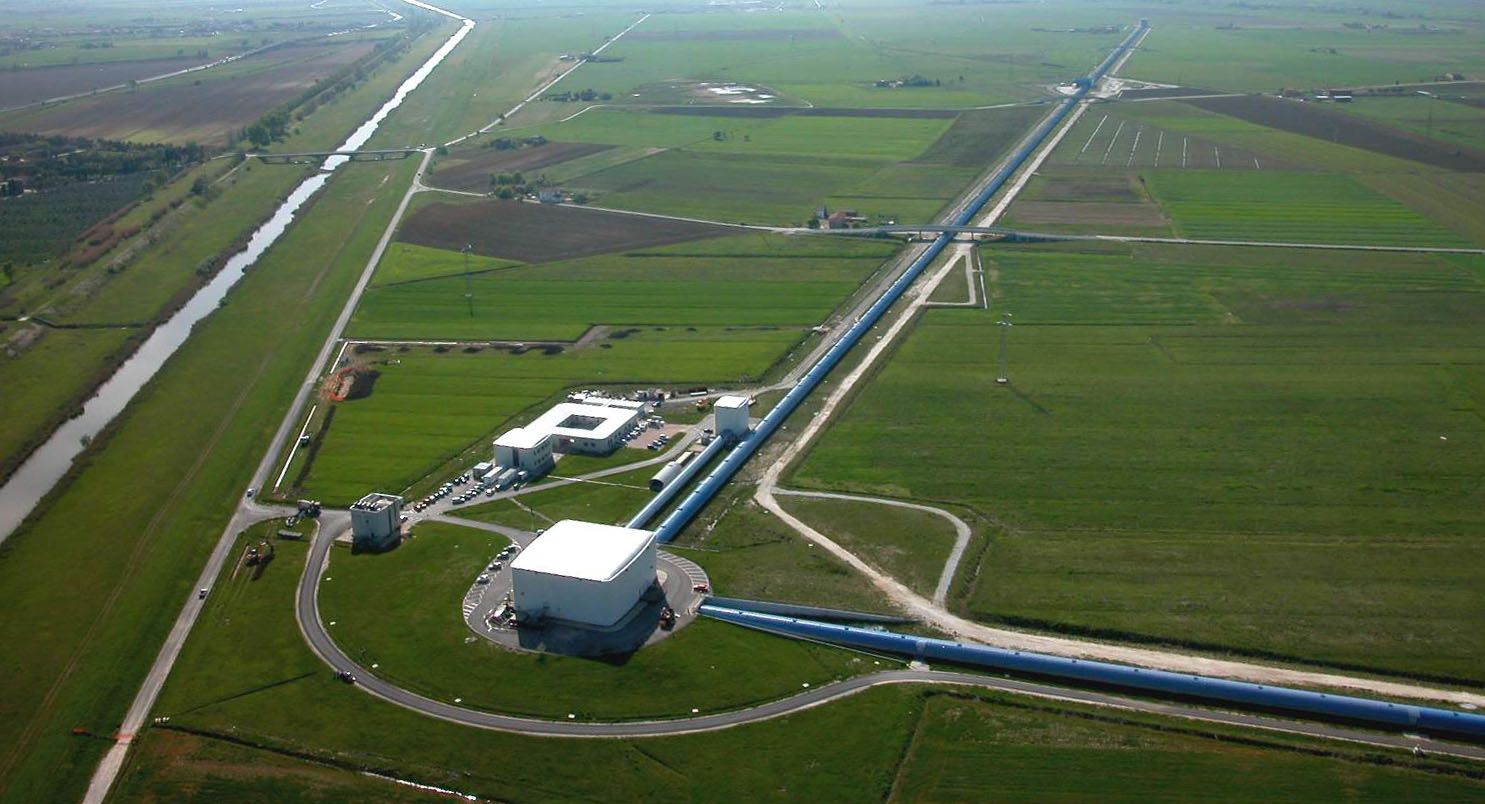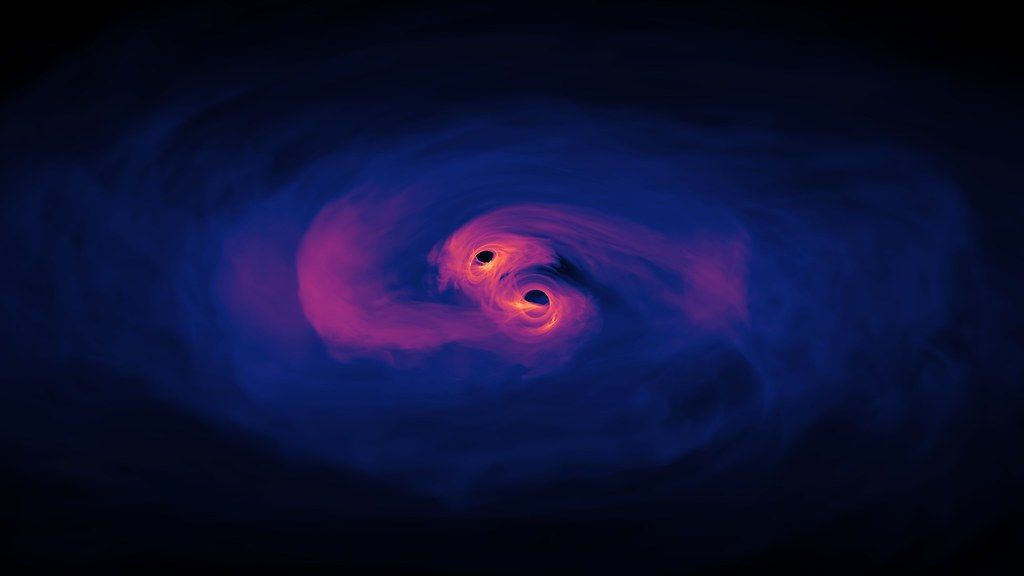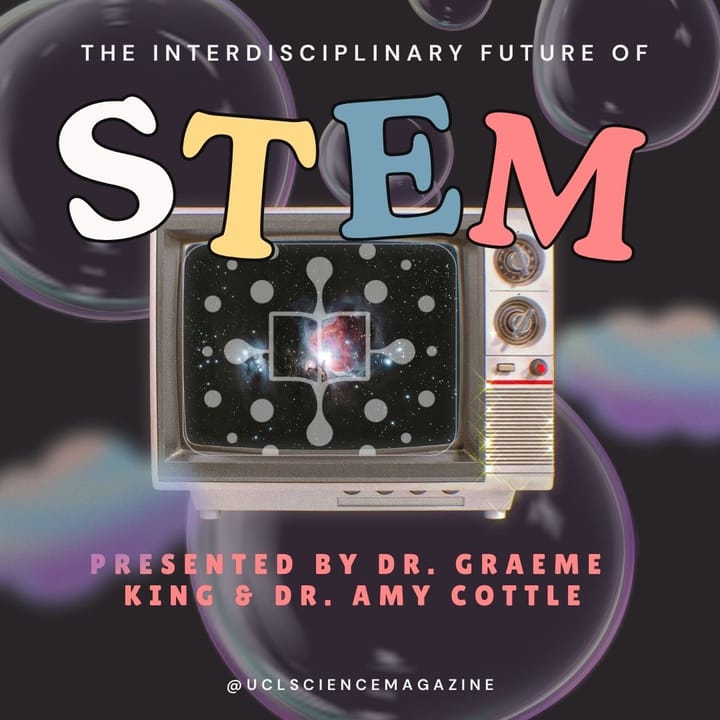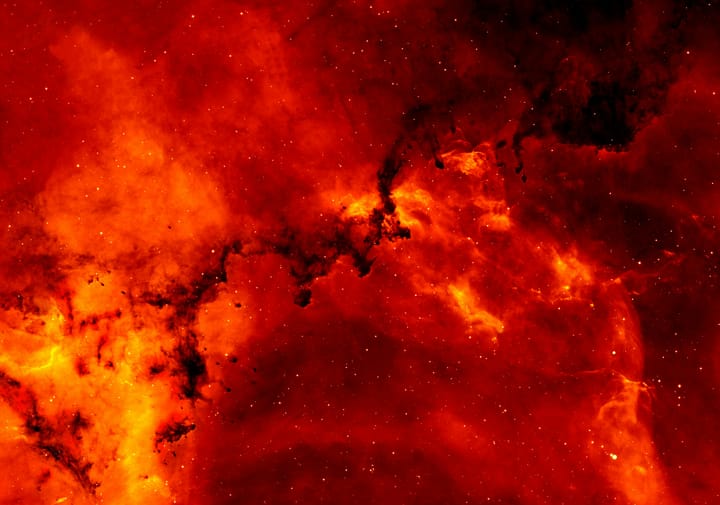Could the answer to galaxy formation be hidden in massive black hole mergers? By Alexander Gavin
Black holes are undeniably one of the most mysterious celestial bodies to inhabit our Universe, and with every new discovery they test our knowledge of the laws of physics. Although usually found stalking the cosmos in solitude, they are perhaps at their most captivating state when they encounter each other, in what is known as a binary system. When two black holes orbit each other in a binary system, they interact in a gravitational force so violent that they emit waves reaching the far corners of the Universe. These gravitational waves can be detected on Earth by the Laser Interferometer Gravitational-wave Observatory (LIGO) in Louisiana, USA and the Virgo interferometer near Pisa, Italy [1]. These detectors work by measuring small changes in the dimensions of space around them caused by the passing gravitational waves.

As gravitational waves are emitted from binary systems, they carry away energy and angular momentum, causing the orbits of the constituent black holes to shrink until they eventually collide and coalesce in a powerful event known as a ‘merger’ [1]. Due to the violent nature of the event, the remnant black hole can recoil at huge ‘kick’ velocities, predicted to be up to 5000 km/s [1]. Until now, evidence of such a great kick velocity caused by a black hole merger had not been observed [1]. However, recent work by Vijay Varma and his team are elucidating revolutionary discoveries of the vastly unexplored skies above us.
During the third observational run of the LIGO–Virgo observatories between November 2019 to March 2020, a gravitational wave signal was detected from a binary system of black holes [1]. The signal was named GW200129 [1]. Upon an in-depth analysis of the data collected from the signal, it was found that this was an extreme merger event. Scientists used numerical relativity models along with remnant black hole properties to infer that the kick velocity of GW200129 was 1542 (upper bound: 2289, and lower bound: 444) km/s with a 90% credibility [1]. This makes GW200129 the first merger with a substantially rapid kick velocity, compared to previous black hole remnants measured to have kick velocities in the order of 100 km/s [1].
Black holes with masses greater than 65 times that of our Sun are not thought to originate from supernova explosions, but instead by merger events like the one described in the paper [1]. In order to understand the development of our Milky Way galaxy, and millions of others alike, scientists must first understand how these supermassive black holes form. Undeniably, mergers like GW200129 hold the key.
In addition to determining the speed of this fast-moving remnant, the scientists working at LIGO – Virgo investigated its future by considering different probabilities for its trajectory due to its extreme velocity. GW200129 originated from a globular (nuclear) star cluster, home to millions of stars, planets, black holes and other celestial bodies all gravitationally bound to one another. Considering this gravitational influence of the globular star cluster, it was estimated that the maximum escape velocity possible was 100 km/s, meaning anything travelling faster has great potential to escape the cluster and find itself lost in the cold depths of interstellar space [1]. Using probability analysis for the inferred kick velocity, as well as using this estimated escape velocity, it was calculated that the retention probability of the remnant was 0.48%, implying it is likely that the black hole will continue its travel across the cosmos for eons to come [1].
This discovery may help scientists to understand the prevalence of supermassive black holes formation, which has hidden in them the clues to the formation of the vast majority of galaxies in the universe. When a black hole merger event produces a kick velocity this strong, it is ejected so fast that it may not undergo any more mergers. Consequently, a supermassive black hole may not be formed from this particular remnant [1].
As the LIGO – Virgo observatories plan to continue upgrading their detector sensitivity, we can expect to see increasingly more merger events producing remnants with large kick velocities that perhaps even exceed that of GW200129 [1]. The ramifications of such discoveries will be far reaching and may finally allow scientists to constrain the rate of supermassive black hole formation, an achievement that will teach us volumes about the formation of galaxies like our own, and the very evolution of the Universe itself.
References
[1] Varma V. Evidence of Large Recoil Velocity from a Black Hole Merger Signal. Journals.aps.org. 2022 [cited 27 September 2022]. Available from: https://journals.aps.org/prl/pdf/10.1103/PhysRevLett.128.191102





